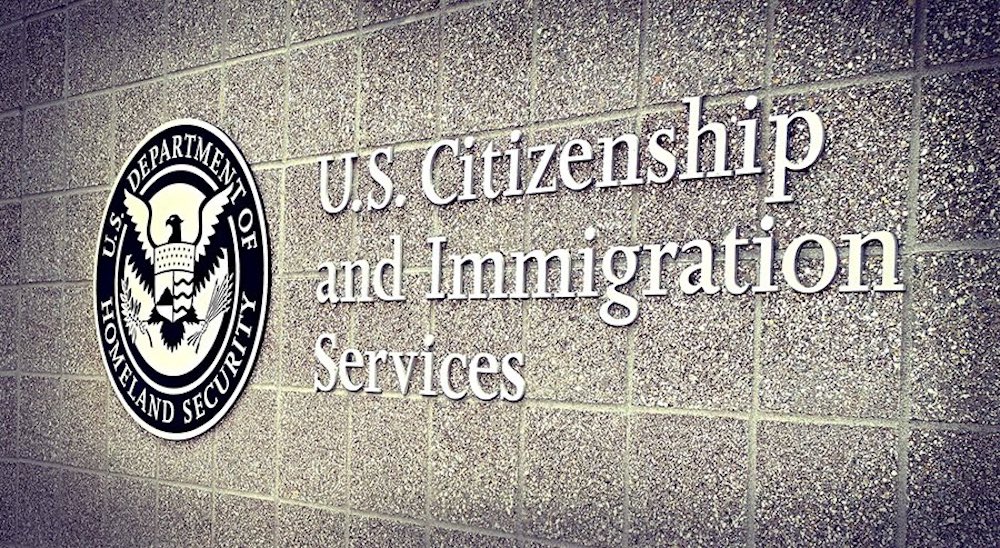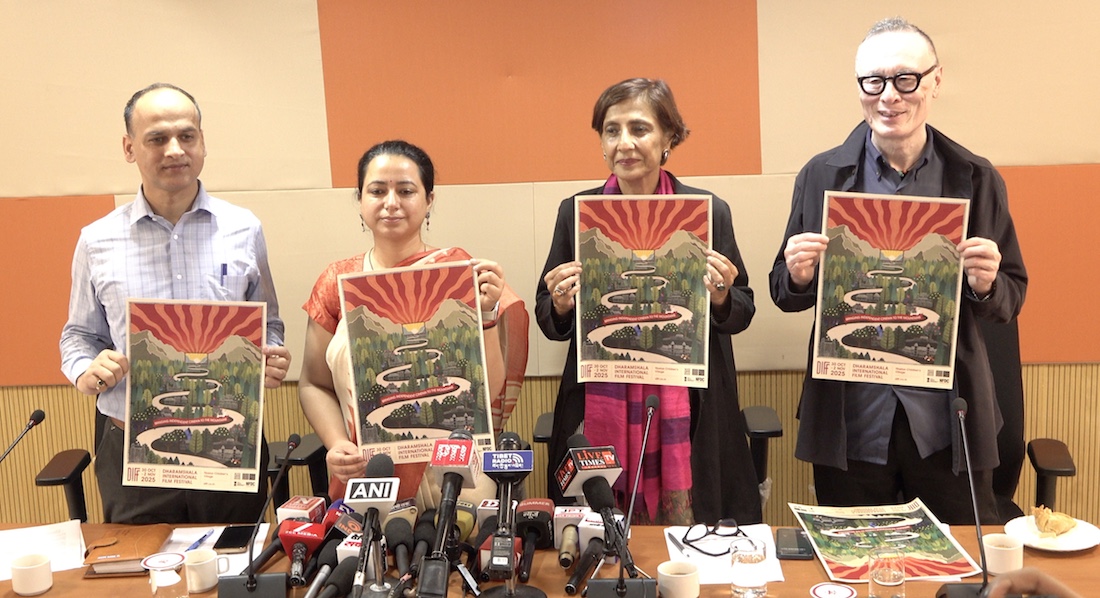Nepal and the People’s Republic of China (PRC) define their relationship as ‘warm’ and based on cooperation and mutual respect, but practices along the Tibet-Nepal border reveal an unequal partnership, skewed to the disadvantage of the Nepalese. Despite the liberal regulations of the Sino-Nepal border treaty, recent Chinese immigration policies appear selective. Nepalese experts are warmly welcomed to the Tibet Autonomous Region (TAR) for training Tibetan tourism cadres and Nepali prostitutes can be found as far across the border as Shigatse, yet many ordinary Nepalese citizens have been repeatedly refused entry into Tibet. The much praised cross-border trade is developing into a one-sided success story for the People’s Republic of China (PRC), leaving Nepal with a huge trade deficit; a situation exacerbated by commercial practices and administrative procedures perceived to be unfair and resented by many Nepalese businessmen. On the 7th meeting of the Nepal-China Non-Governmental Forum held in Kathmandu on 24 November, senior Nepali businessmen summed up the situation with the remark: “[our] two countries have a warm relationship, however, we still need to work more to make this relationship more productive and beneficial”.
The border treaty that exists between China and Nepal allows for free border crossing for both Chinese and Nepali citizens and the right to sojourn or trade freely for one day within a fringe of 30km on each side of the border. In order to do so, citizens of both nationalities do not require a visa but only an immigration pass delivered by the custom authorities of their country of origin. However, while attempting to enter the TAR in accordance with this procedure, Nepalese citizens have frequently been subject to harassment by Tibetan officials and border guards. This has been the case particularly at the Liping border post, situated close to the Nepalese town of Tatopani on the road linking Kathmandu with Lhasa, and the most important of a total of eight open points along the border. In numerous cases, Nepalese, in possession of the required documents, have been denied entry without any explanation and often after having been kept waiting for many hours. In some cases, the immigration documents presented by the Nepalese have been simply thrown away, torn up or otherwise made invalid. There are even reported instances of violence and the manhandling of Nepalese citizens by Tibetan border police when the former have insisted on their right to cross the border. Occasionally, even Nepalese customs and immigration officers have been denied entry into Tibet.
Quoting the Nepali chief of customs and the chief immigration officer in Tatopani, Shiva Kumar Katuwal and Shiva Ram Gelal respectively, the Nepalese newspapers Kathmandu Post (04 November) and Samacharpatra (10 November) report that enquiries made to their Chinese counterparts as to the reasons for this behaviour have not borne any tangible results and are hampered by the language barrier. They state that the decisions as to which Nepali citizens are allowed to cross the border, and when and why, apparently depend solely “on the mood of the Chinese officials” and that these officials behave as if they have not been informed about the treaty. This practice is said to have been going on “for years”.
Nepal’s role as a subordinate rather than equal partner is also apparent in the area of cross-border trade, which has been booming since the mid-eighties. Apart from handicrafts and incense, Nepal’s exports to Tibet are mostly foodstuff like rice, vegetables, fruit and dairy products that are sold cheaply on the TAR market. The main export is vegetable ghee, a greasy, butter-like mass used today as a replacement for the traditional yak butter to fuel the innumerable butter-lamps typical of Tibetan monasteries. In return, China exports through the Nepal-Tibet border mostly simple manufactured goods, such as plastics and textiles. Both the Chinese and the Nepali side estimate that the completion of the Qinghai-Tibet railway, which will link Beijing with Lhasa in 2007, is likely to boost their economic relations. A programme to extend the railway to the Nepal border will be launched after 2007. The Kathmandu Post of 24 November reports that only 1% of Nepal’s exports go to China, while 12% of the imports come from there, the largest part of it through the Nepal-Tibet border (though the figure provided seems to include Nepal’s trade with Hong Kong). Nepal’s imports from the Tibet Autonomous Region account for about a quarter of the total imports from the PRC. Figures on the amount of imports from other Tibetan regions of the PRC, in Qinghai, Sichuan and Yunnan, are not available but, ignoring trade with Hong Kong, (Nepal imports many goods from Hong Kong and Southeast Asia, mainly by air,) it appears that Tibet increasingly serves as a transit region for goods carried from lowland China, a trade which local Tibetans are likely to only marginally benefit from. All in all, the Himalayan Times of 07 November numbers Nepal’s trade deficit with the PRC as 9bn Nepali rupees, or even 16bn if trade with Hong Kong is included.
Apart from this huge deficit, Nepali businessmen and customs officers complain about numerous business practices which they label as protectionist and unfair. Chinese customs reportedly impose increasingly heavy duties on goods brought into Tibet by Nepali traders. Nepali goods are paid for in Chinese yuan which Nepali traders, due to the lack of currency exchange facilities, mostly reinvest immediately by buying Chinese goods to bring back to Nepal. Similar problems due to the lack of exchange facilities exist with the trade on the Indo-Tibet border, west of Nepal. Nepalese customs complain that bills, invoices and other necessary documents required to calculate duties on imports from Tibet are often incomplete or unrealistic. Remote regions of Nepal like Humla, Dolpa and Upper-Mustang that, due to the geographical conditions and the lack of adequate roads in Nepal, are more accessible from Tibet than from central Nepal, are increasingly supplied with basic Nepali foodstuff that has been re-imported from the Chinese side of the border. The share of Chinese and Tibetan businessmen and transport companies in this trade is unclear. For many years, China has provided aid to Nepal for road construction but apart from some prestige projects, the roads constructed under this scheme serve more trans-border traffic than the inner-Nepalese traffic. Recently, the retail sale in Nepal of Chinese manufactured goods has been increasingly profitable to Chinese nationals, mostly ethnic Chinese, who distribute goods brought by Nepalese wholesalers from Tibet on to the Nepali market. Nepalese wholesalers tend to consider Chinese retail sellers more reliable than locals since they neither intend to stay in Nepal, nor do they have an interest in taking Chinese goods back to the PRC. Nepal is flooded with cheap goods, often substandard merchandise with the pirated trade marks of big companies produced in lowland China and brought across the Tibetan plateau to Nepal. This particularly affects the tourism market of Nepal with tourists on trekking holidays unwittingly buying fake equipment at low prices. As a result, Nepali shops providing original articles made under license from Western companies in Southeast Asia find it difficult to compete and to develop a sane, quality-based and sustainable and ultimately more lucrative market. Even simple Nepalese foodstuff popular in Tibet face difficulties due to fraudulent merchandising and competition being administratively distorted by quantitative restrictions and non-tariff barriers. Recently, a Chinese-made vegetable ghee, an imitation of a known Nepalese brand has emerged on the Tibetan market leading to complaints by the Nepalese consulate to the TAR authorities. In repeated instances, Nepali vegetable, fruit and dairy products have been barred from entry into the TAR as a result of quarantine controls, though similar products which have to be flown in from Chengdu in China are much more expensive.
The trade imbalance with China and other problems on the Tibet border have kept the Nepalese authorities busy. Although government-friendly media, like the Rising Nepal in particular, adopts a low-key approach to existing problems, the readiness of the Chinese side to accommodate the interests of its hopelessly economically weaker Nepalese neighbour, already suffering the duress of a seven-year insurgency, appears limited. The Kantipur of 16 October, for instance, quotes a senior Chinese official as saying, regarding concessionary entry of Nepalese products, that “if customs on Chinese products are reduced, then Nepalese products will be given custom concessions”. In a meeting on 06 November organised by the Nepal Chamber of Commerce, Liu Jiang, deputy director general of the customs department of TAR declared “as such, there is no serious problems in customs and bilateral trade. If there is any, we are ready to solve them through dialogue” (The Himalayan Times, 07 November). He announced that China and Nepal will try their best to streamline border traffic, but also underlined that Nepali exports, though in huge demand, need better production quality and timely delivery.









